Margaret Bourke-White was born in New York City in 1904. After graduating from high school she attended Columbia University, University of Michigan, Purdue University, Western Reserve University, and Cornell University. She has a degree in herpetology, which is the study of reptiles. However, from a very young age Bourke-White was interested in photography and after she graduated from Cornell in 1927 she decided to pursue it as a career. Her first job was photographing industry for the Otis Steel Company. Two years later she got a job with Fortune magazine. After her photographs of the Soviet Union were revelead, she was offered a job with LIFE magazine, which she took and is most well known for. Her first big breakthrough was with the photographs of the Fort Peck Dam, which were featured on the cover of LIFE magazine in 1936. She is most noted for her photographs during World War II. She was on assignment in Europe and took many pictures of the horrible conditions of the concentration camps as well as Nazi suicides. After the war she had various assignments for Life magazine including the India Pakistan conflict, where she has some very famous photograghs, including one of Ghandi at his spinning wheel. Unfortunately, Bourke-White was diagnosed with Parkinsons disease in the 1950s, which ended her career as a photographer. She died in 1971 after battling the disease for many years and undergoing numerous surgeries.

Gold Miners in Johannesburg, South Africa (1950)
This photograph was taken when Bourke-White was on an assignment in South Africa for LIFE magazine. She went two miles underground into the mines and spent four hours photographing these men working in the 100 degreee heat. Despite their horible working conditions underground, when these men were finished with their work and arrived at the surface they were full of joy which was apparent through their dancing (which Bourke-White also photographed)
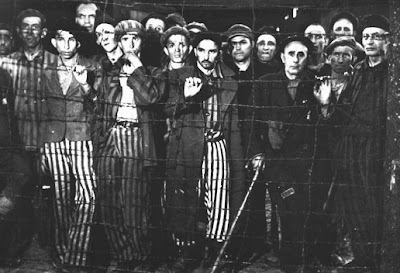
Jewish Prisoners at the Fence at Buchenwald (1945)
Margaret Bourke-White photographed many dead and dying prisoners at this camp. Her photograghs of the prisoners were published in LIFE magazine and they revealed the horrors of the concentration camps. Bourke-White was traveling with a general and his army when they stumbled upon the camp.
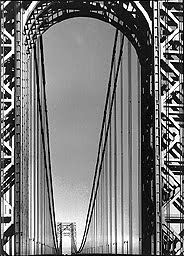
George Washington Bridge (1933)
Margaret Bourke-White was born in New York and was interested in taking pictures of her hometown. This bridge in New York City is an example of her desire to capture the architecture of New York City.


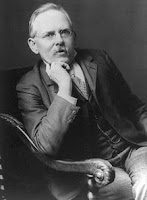



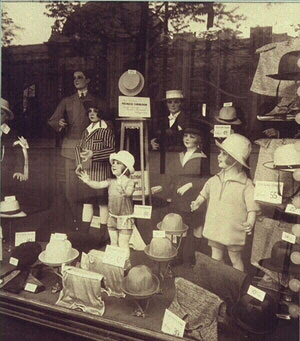
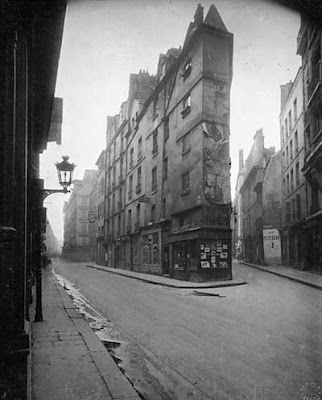

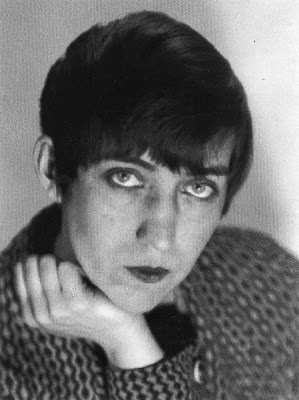 Bernice Abbott
Bernice Abbott Fl
Fl James Joyce, 1928
James Joyce, 1928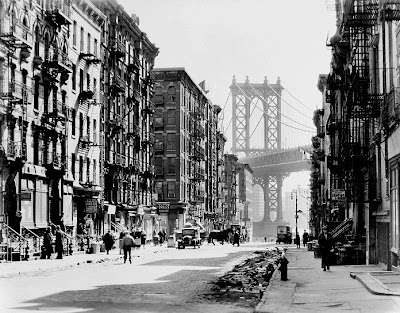

 Jewish Prisoners at the Fence at Buchenwald (1945)
Jewish Prisoners at the Fence at Buchenwald (1945) George Washington Bridge (1933)
George Washington Bridge (1933)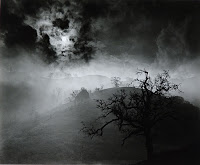 Stormy Night
Stormy Night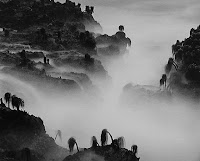 Misty Mountain Range
Misty Mountain Range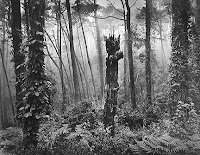 Del Monte F0rest
Del Monte F0rest
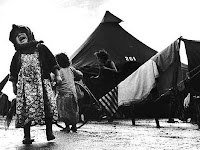
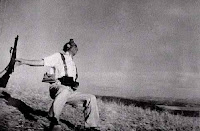
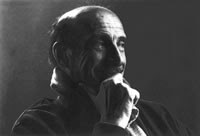 Eduard Boubat (1923-1999)
Eduard Boubat (1923-1999)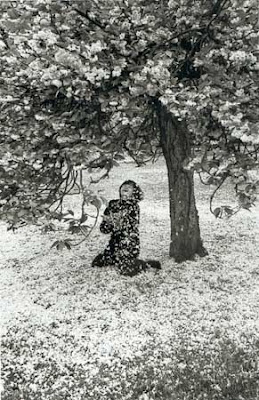 1983
1983 1962
1962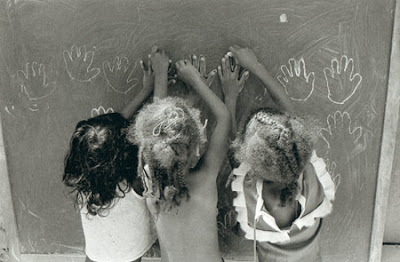 1985
1985